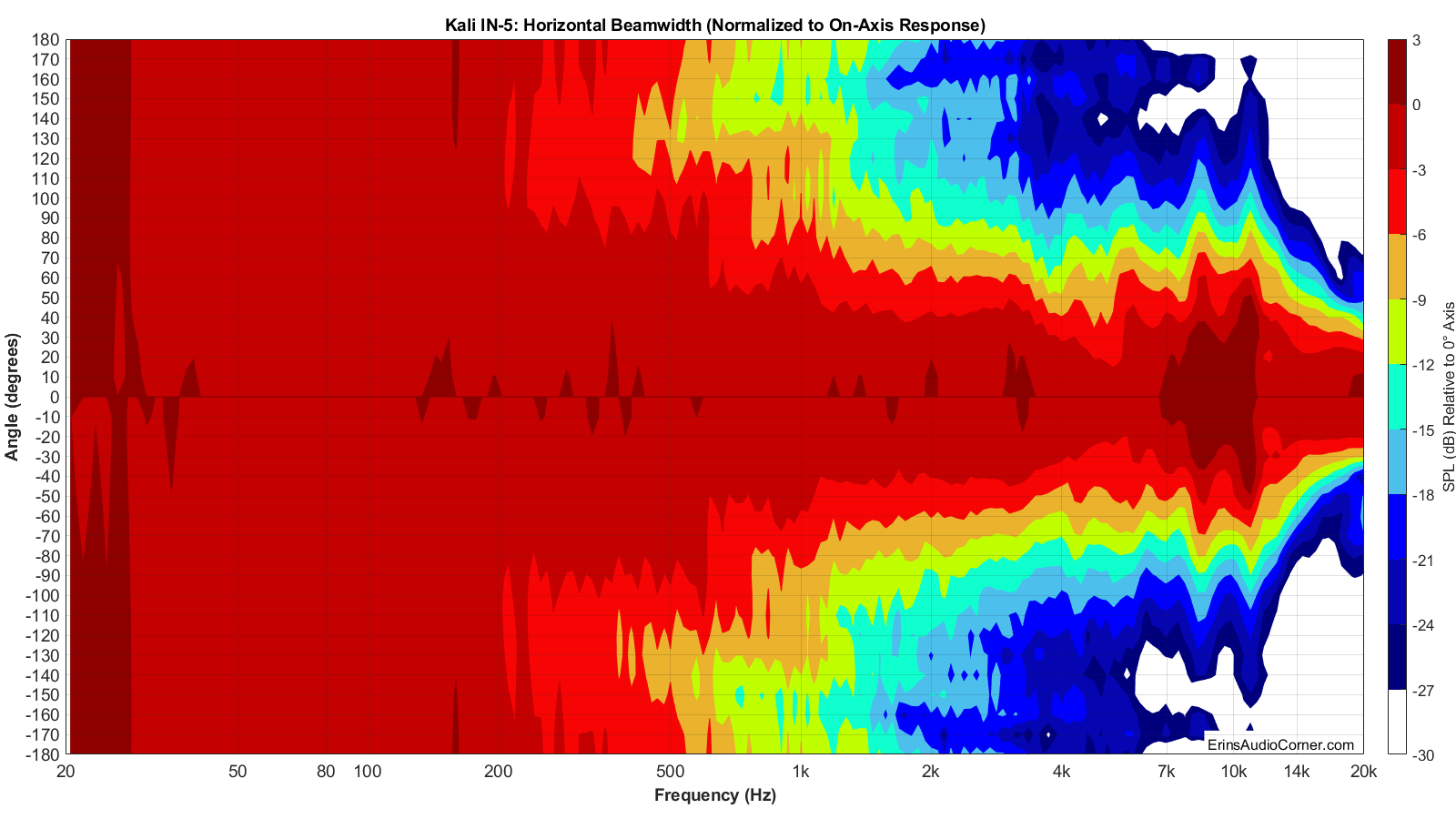Thanks for another speaker review @hardisj
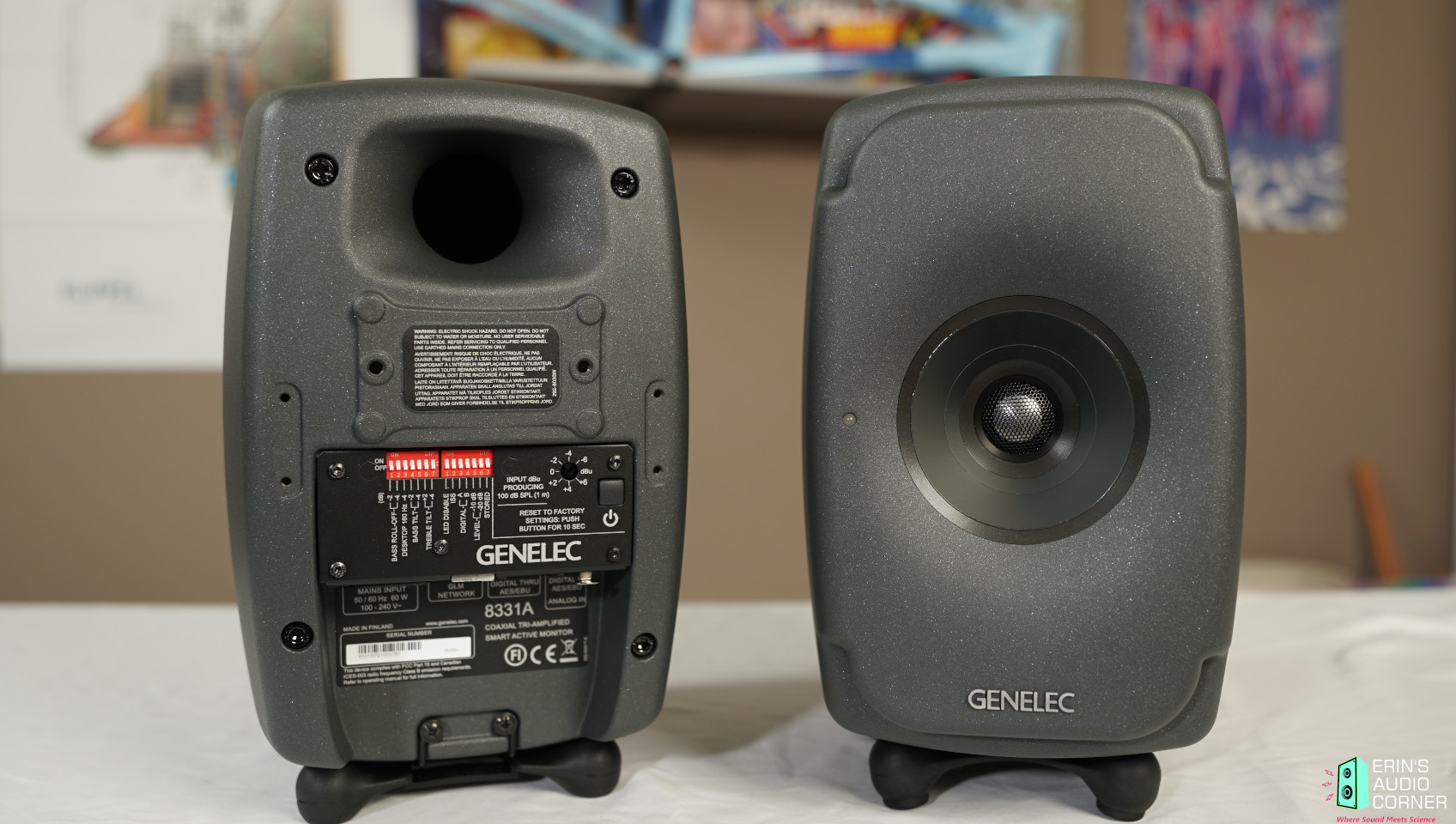
This is the smallest of the Genelec Ones.
Price is approximately $2250 USD for a single, or $4500 USD for a speaker pair (as of this writing).
Link to review:
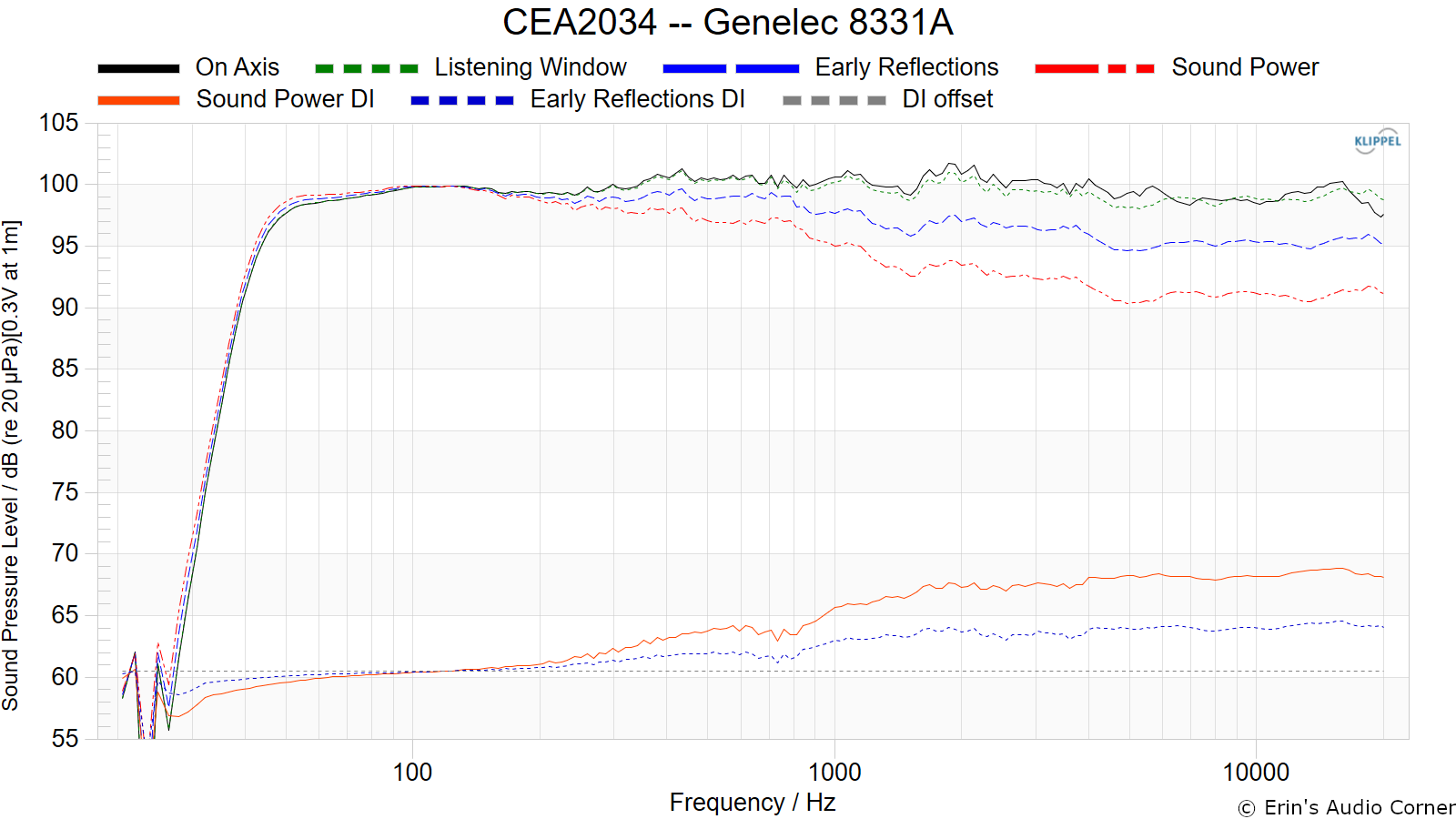
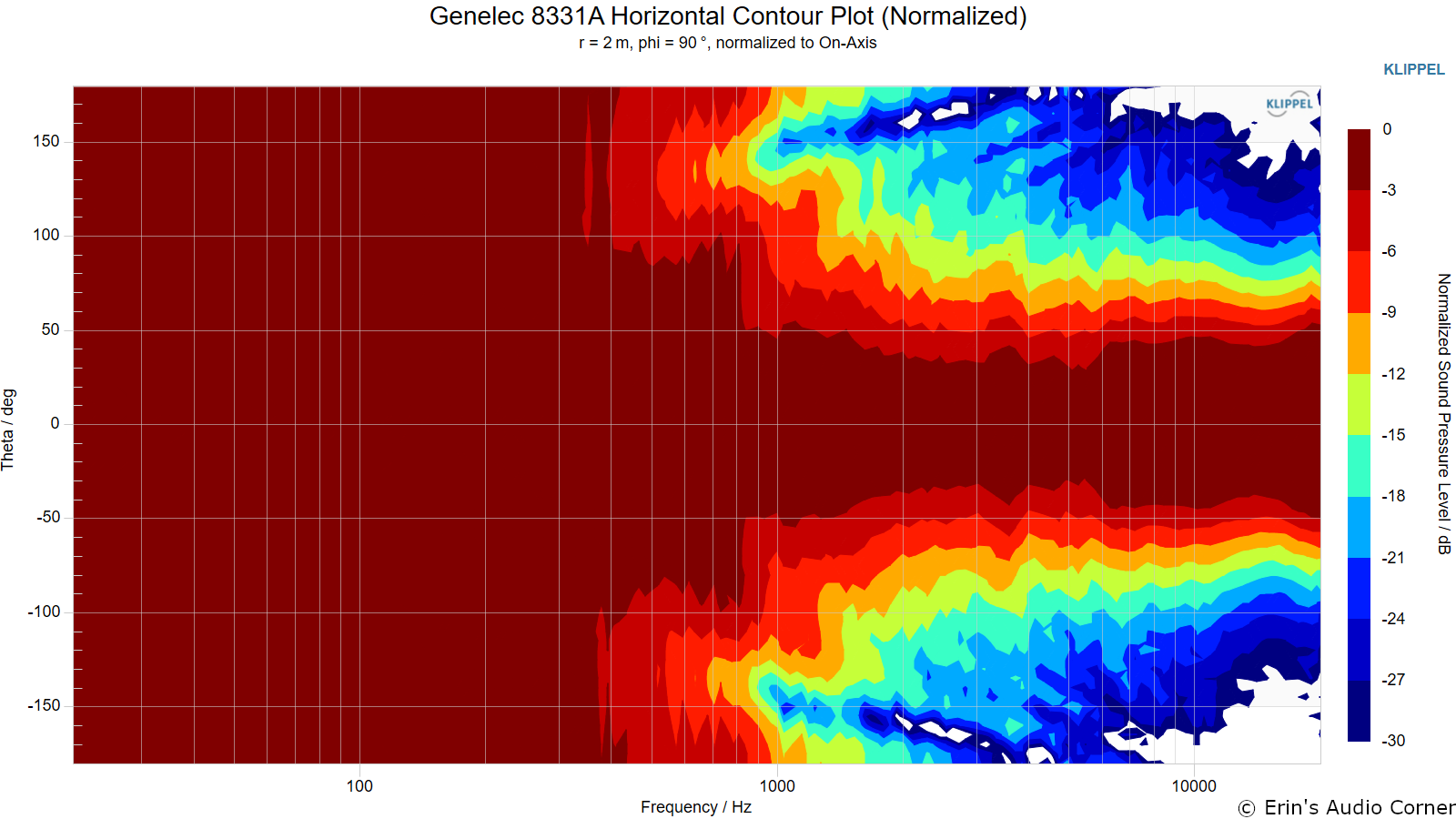
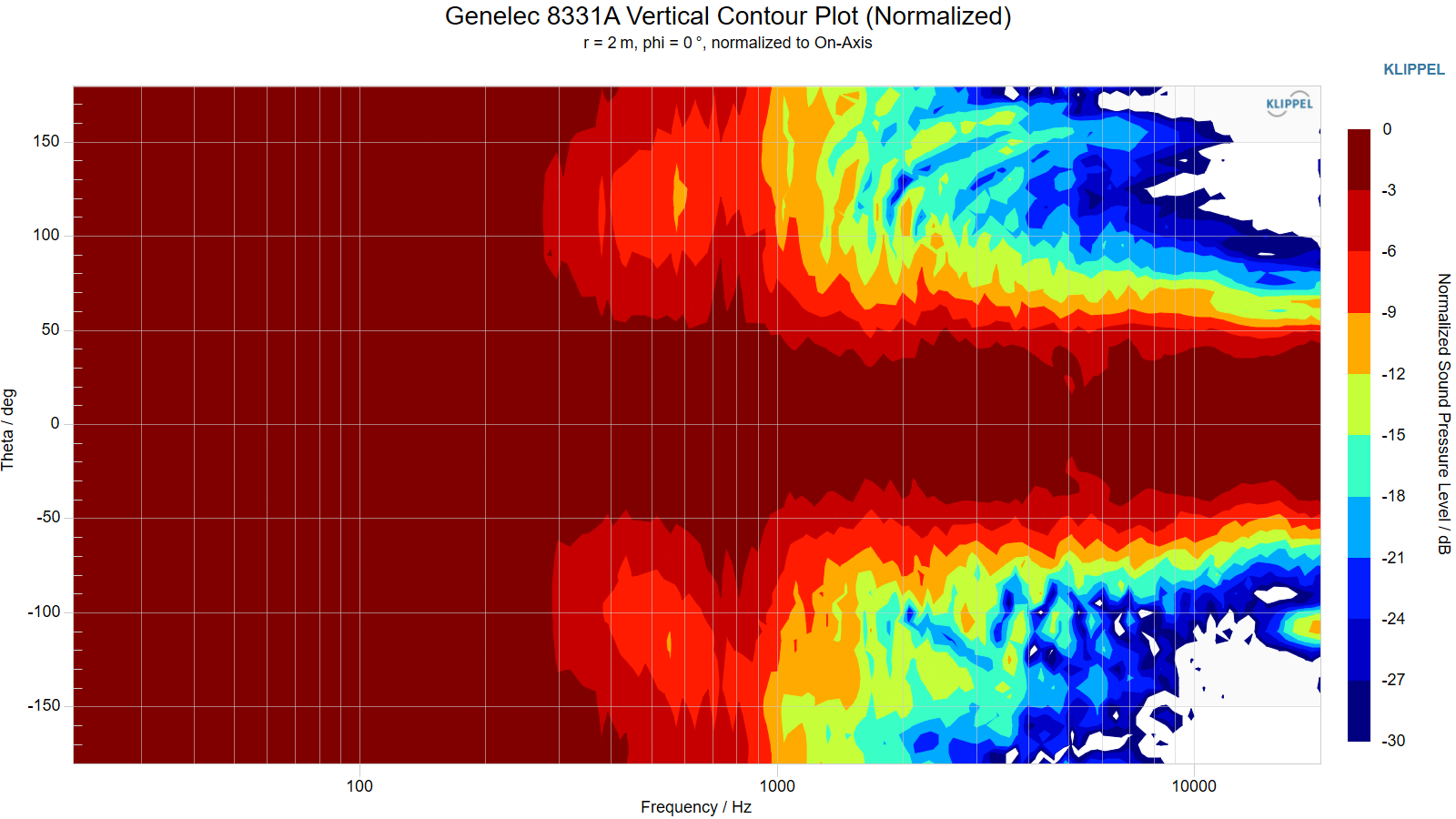

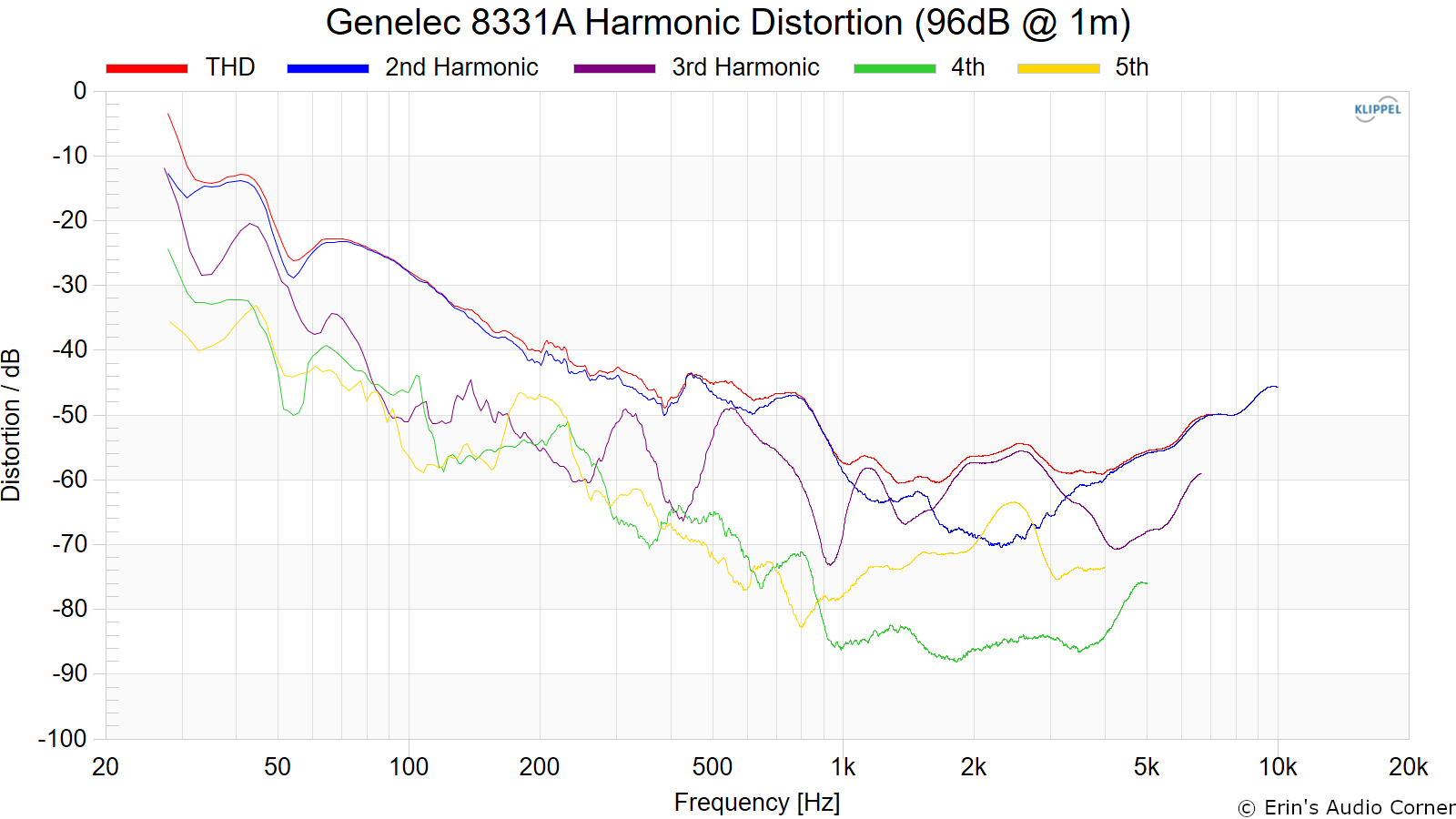
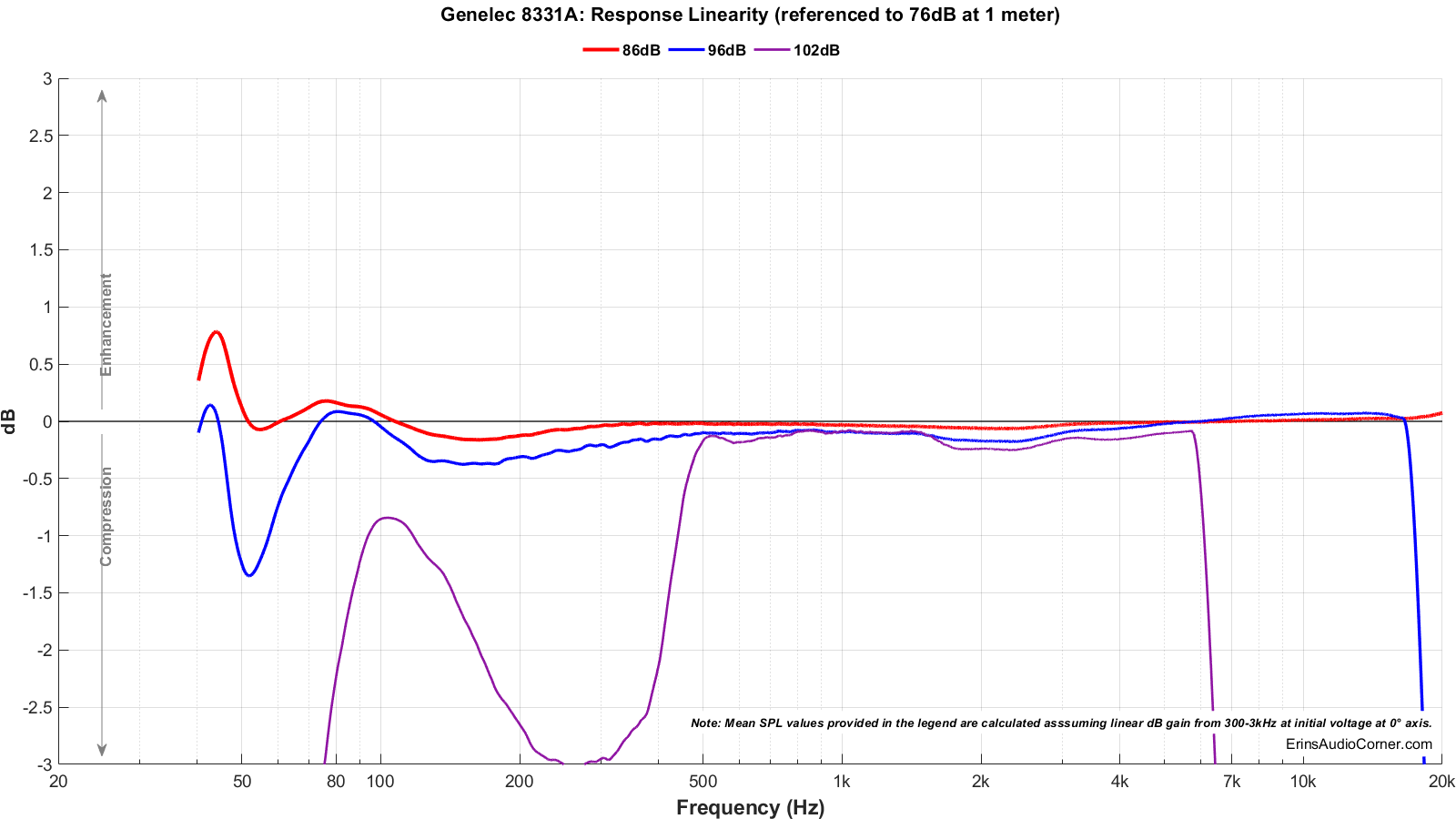
Erin's conclusion:
This is the smallest of the Genelec Ones.
Price is approximately $2250 USD for a single, or $4500 USD for a speaker pair (as of this writing).
Link to review:






Erin's conclusion:
See video linked above for subjective and objective analysis. But just a couple notes regarding the compression testing because I know some will be perplexed by the results:
-The compression / limiting test results look crazy, don’t they? I thought so, too. So, I did some additional testing and I also reached out to Genelec to see if the results made sense to them. In my listening tests, when I ran the speaker well into clipping (solid red light on the front), the result was the speaker would mute itself. Not long term; just instantaneously. However, the only way I could get this to happen is when I was practically trying to break the speaker (good news, it didn’t break!). The data backs that up. When I performed the compression testing with sine sweeps what I saw and heard was this same thing. In other words, the protection system was designed to do this. And Genelec confirmed as much, per their reply below:
The protection system is designed to ensure long-term reliability. Allowing excessive temperature in the voice coils can significantly reduce lifetime and even cause rapid failure. Protection and driver characteristics have been selected so that for music and speech signals there is little or no need for protection. Other manufacturers may have different philosophy with protection, like lifting the low corner frequency of the woofer to slightly limit heating, resulting in thermal compression and ultimately failure. Some even boast of not using protection at all. We find that this may often lead to earlier than expected failure and harm for the user.
Discuss!-In the room, I was able to push these to 100dB at 3m before the clipping indicator came on and began to mute the output to protect the speaker (per design). Realistically, this speaker will likely not be listened at this distance and likely will be listened to in the 1m to 2m distance. In this case, you would have higher dynamic range capability than I did at the 3m distance.
-The imaging of this speaker is superb. And in the nearfield, it’s even more noteworthy as most speakers with multiple drivers - not coincident - tend to not sum properly in the nearfield and you need to be further than a meter for that to occur (generally speaking, of course).
-F3 = 49Hz. F10 = 39Hz. The 8331A plays down into the 50Hz region just fine and in-room at 3m distance and 1 meter from each sidewall, they extended down to 40Hz before they rolled off sharply.

